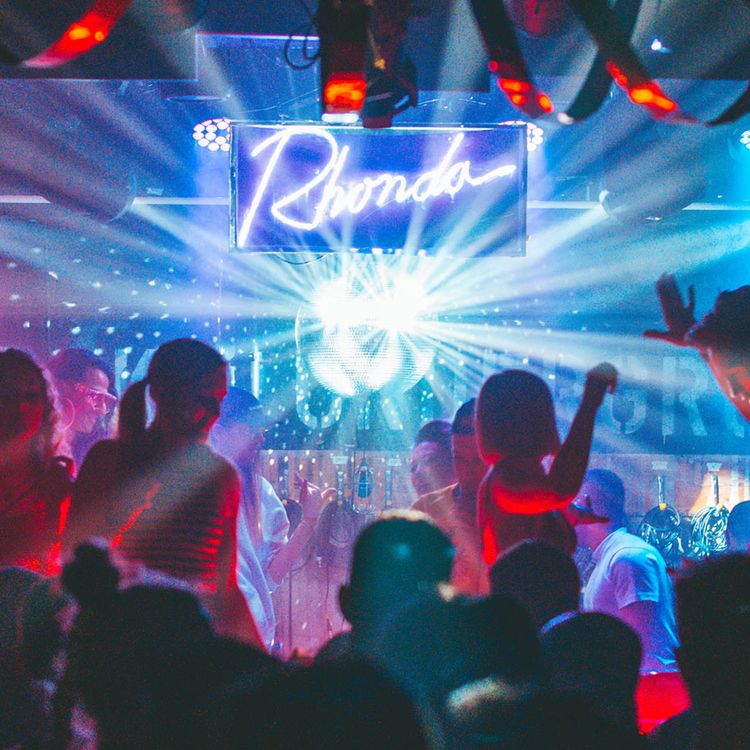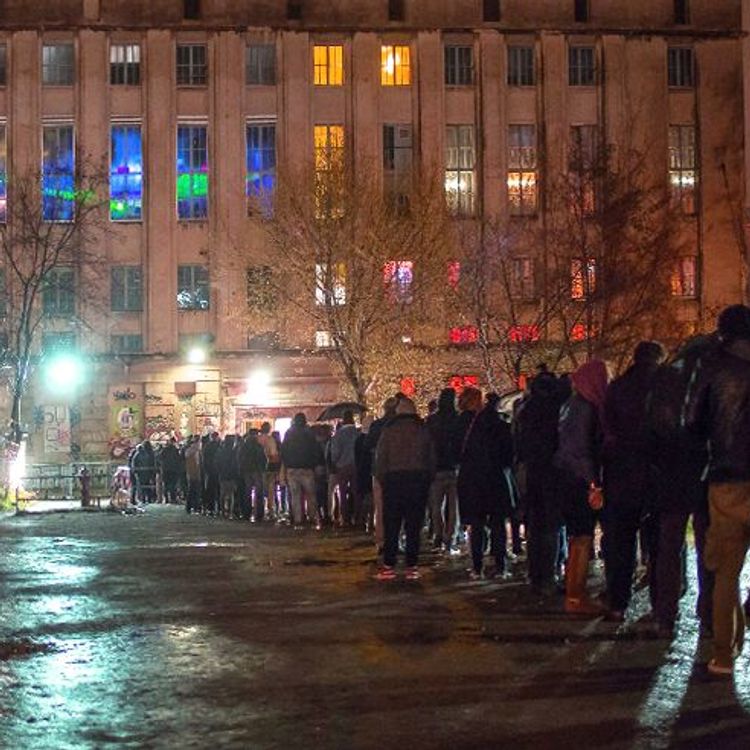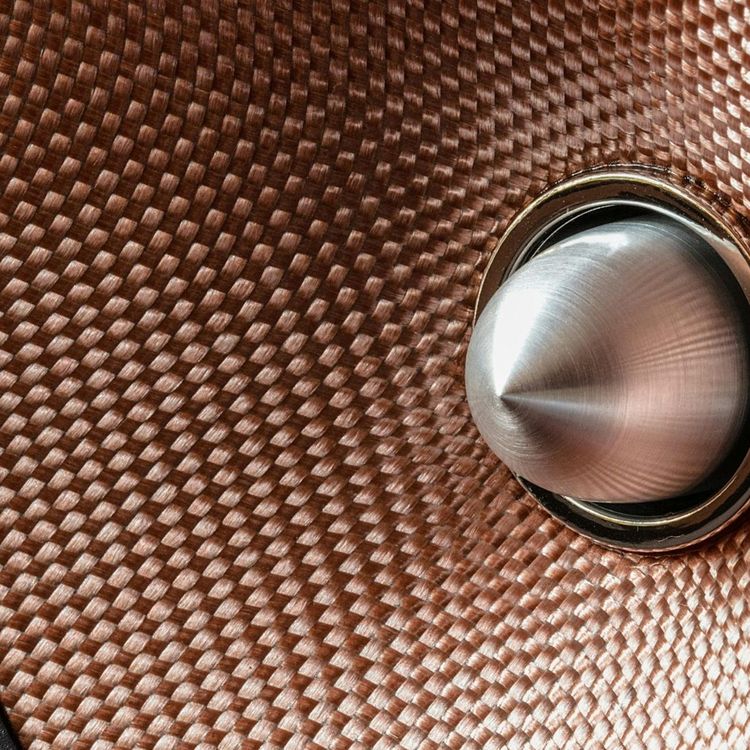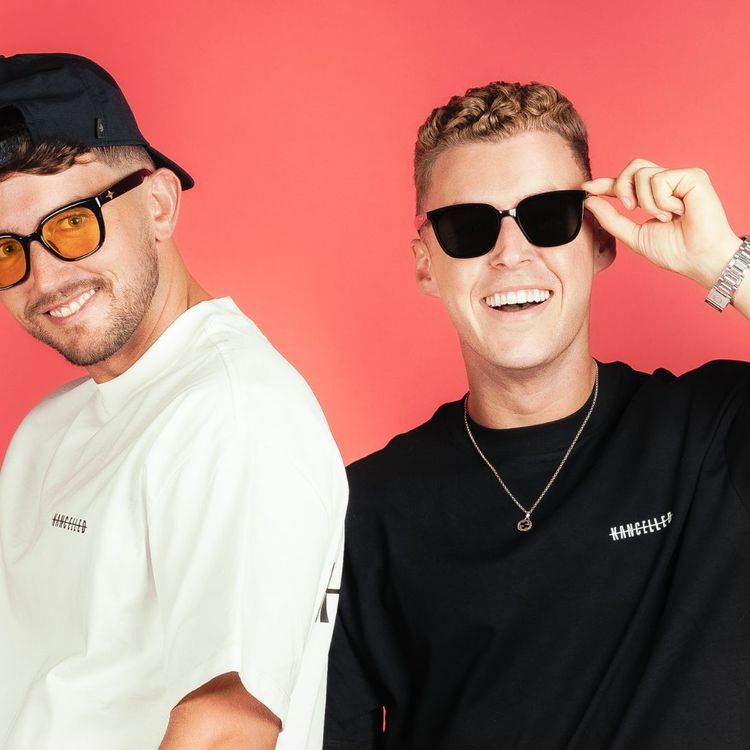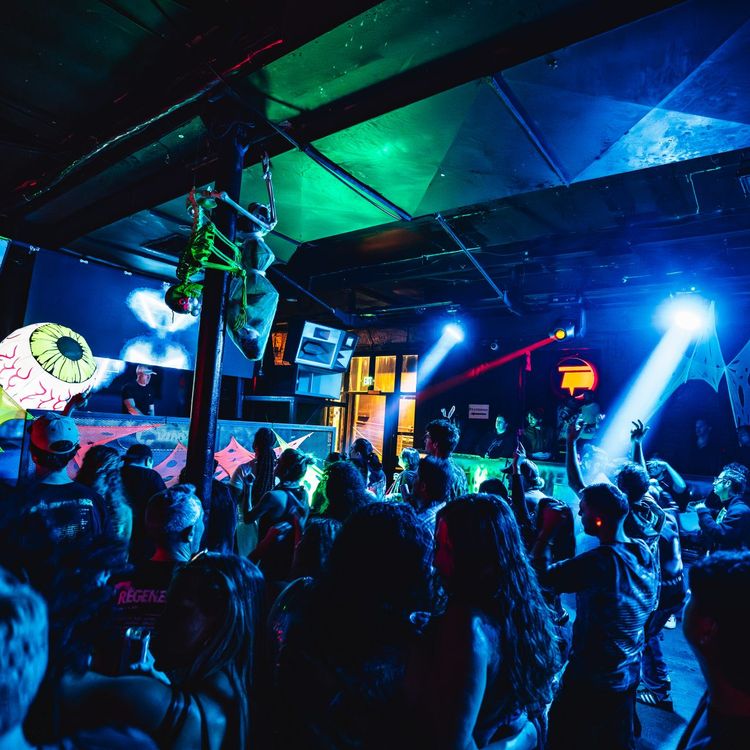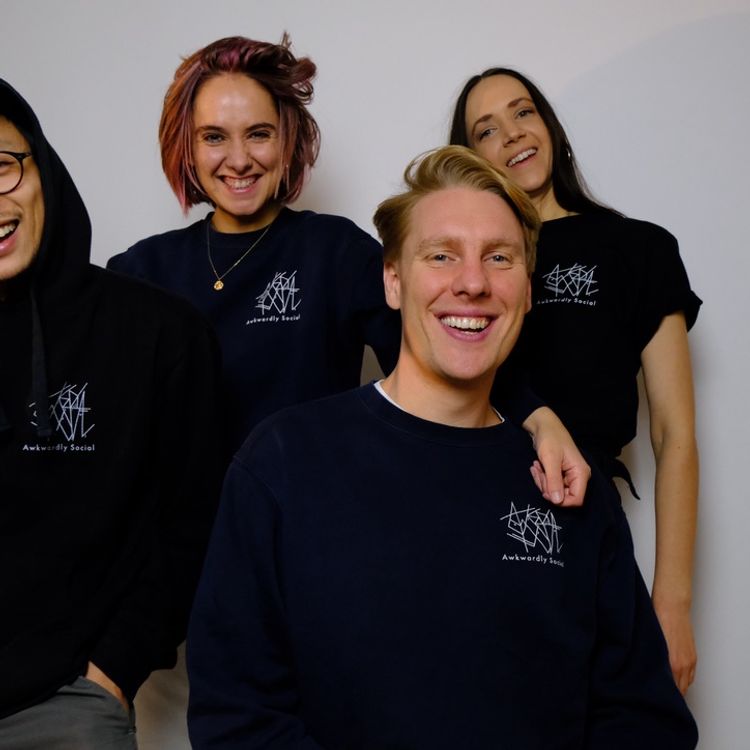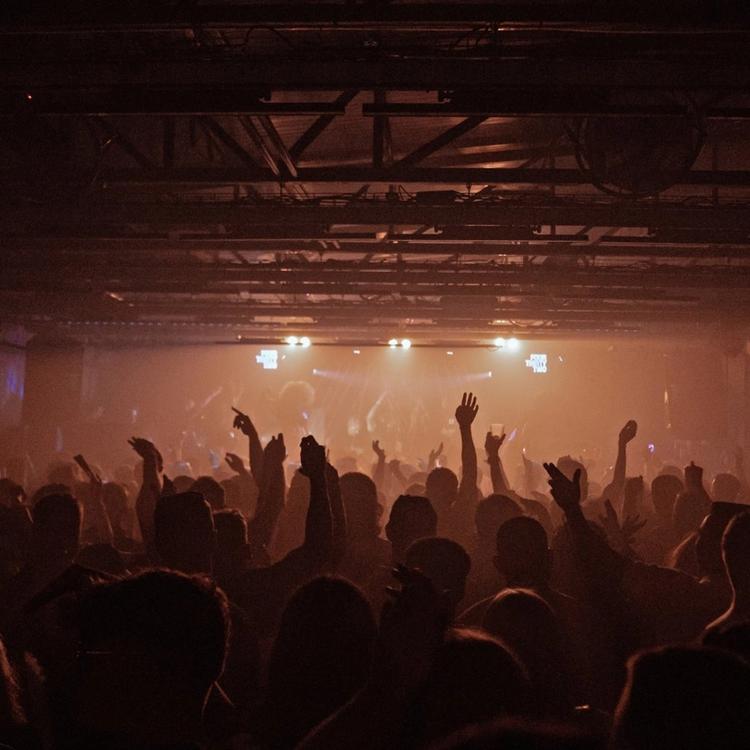Peace, Joy, and Pancakes: How a Post Wall Berlin Became Techno's European Home
A pivotal moment in central and Eastern European geopolitics, the fall of the Berlin Wall radically impacted the city overnight. East and West Berlin, formerly divided physically and bureaucratically by the wall, were suddenly reunited thanks to mounting pressure and a misread press statement. Beethoven's Ninth Symphony "Ode to Joy," was played throughout the emotional city, chosen because of its poignant message:
"We enter your sanctuary infected with fire. Your magic power unites again those whom earthly customs have forcibly separated. All men will be brothers again under your gentle wing."
Naturally, the transition to living outside the GDR was not as smooth or idealistic as many had hoped. East Berliners faced high unemployment rates for the first time and found themselves lacking an education in the advances of the Western world over their 28 years of separation.

"They wore clothes from another era, drove Trabants and emptied supermarkets. They particularly wanted to buy video cameras and bananas." Aldo, a Berlin immigrant, remembers.
Nonetheless, it was somewhat the shambolic chaos of the sudden change that allowed for the creation of the spaces where East and West Berliners would not only co-exist as equals but co-create the new Berlin's legacy: techno. In fact, the fall of the wall and subsequent dissolution of GDR-controlled companies gave way to a host of disused warehouses and industrial spaces. Coupled with the legal uncertainty of a political grey area, these spaces were quickly claimed as transitory, pop-up club nights. Early iterations of the most influential techno spaces all had their origins here, including Berghain, Tresor, and E-Werk.
"A host of abandoned spaces opened up in East Berlin, spaces that would become crucial to the new Berlin." states Alessandro, who was working in Berlin TV during the 90s. "These spaces became a genesis for trendy places in Berlin. It all happened very quickly. Many projects were born in that time, purely because of the free spaces."

Yet the real driving current of Berlin's techno renaissance was the unleashed desire of East Berliners to undo years of repression. During the strict cultural canvas of the GDR, an East Berliner would have been lucky to receive the occasional American record as contraband. Their radios were censored, and a few enthusiastic fans of electronic music described walking beside the wall to attempt to pick up foreign signals. Now, they feasted on the west's rich collection of contemporary music, searching for the hardest sounds possible to combat the sensory censorship of the previous years.
They also came into contact with West Berlin's notoriously alternative population. A haven to draft dodgers, this suspended city was also a punk paradise and the former residence of self-proclaimed punk Godfather, Iggy Pop. In addition, West Berliners celebrated Homosexuality with a yearly Gay Pride Parade, or CSD, since 1979. And West Berlin's inhabitants enjoyed a quasi-bohemian lifestyle, with no curfew on bars and clubs since 1949 - both aspects that would later be crucial to the city's dance music industry. With that, East and West Berliners came together almost like a ticking techno bomb with restless energy for harder sounds and wilder parties, with strong parallels to the Black origins of techno in Detroit: freedom being the crucial denominator.
Detroit was not the only precursor to Berlin's techno scene. Germany itself boasted a rich background in electronic music. Kraftwerk was already producing computerized, experimental sounds back when Detroit was still producing cars: these four German-come-robot-librarians were responsible for the 1974 worldwide hit "Autobahn."
Frankfurt had subsequently reached the forefront of electronic music in the 80s, and even Dusseldorf's DAF championed the electro-punk scene. Yet, the new sound of Berlin was not a continuation of this but undeniably a new creation born of the city's new unity. It was apocalyptic, with unlit bunkers, stark sounds, and fashion creating an ominous end-of-the-world atmosphere. Cyberspace, held at the second UFO venue - an abandoned Penny supermarket in Schöneberg - was an early rendition of this apocalyptic techno. Tekknozid did the same, albeit in the East itself.
"The first time I accidentally discovered techno music, a friend of mine took me to Tresor. Neil Landstrumm was playing. Before this, I had never heard techno. Wow! This was different. It just took me." states Marat, who went on to DJ at Tresor from the early 2000s.

Marat playing his first gig at Tresor.
Perhaps key to the influx of Berlin's techno tourists was the Love Parade. Founded by DJ Dr. Motte as a peaceful dance protest for 'Friede, Freude, Eierkuchen' (Peace, Joy, Pancakes) in 1989, the event ballooned after the fall of the wall attracting as many as 1.5 million ravers in 1999.
Indeed, by the late 90s, Berlin's techno parties had become a thriving tourism industry and had changed the city for good. Illegal parties grew into legally-established nightclubs and became, to differing extents, commercialized. Every Berliner's favorite phrase that "Berlin is not as it used to be," is a warranted complaint in the face of the rising costs of a city where artists could once live and work almost for free.
"You had the feeling that there is a place for everyone," Marat remembers. "Of course, the future taught us that that's not true, what with gentrification and so on. But here's the fun part: the party's still not over."


